Welcome to our AKSH Engineering
TURN KEY PROJECT SUPPLIER FOR FOLLOWING PRODUCTS
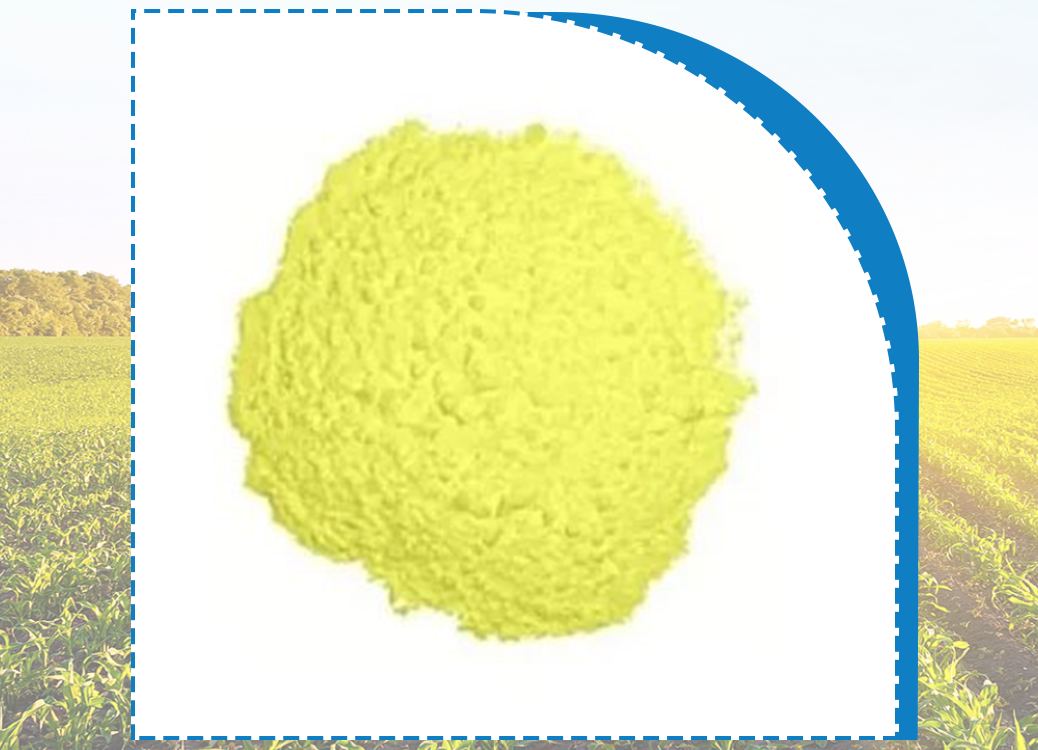
Sulphur WDG
Sulphur WDG, also known as wettable dispersible granules, is a broad-spectrum fungicide and miticide commonly used in agriculture. It contains 80% sulphur as the active ingredient and is available in water-soluble granules. Here's a breakdown of its key features:
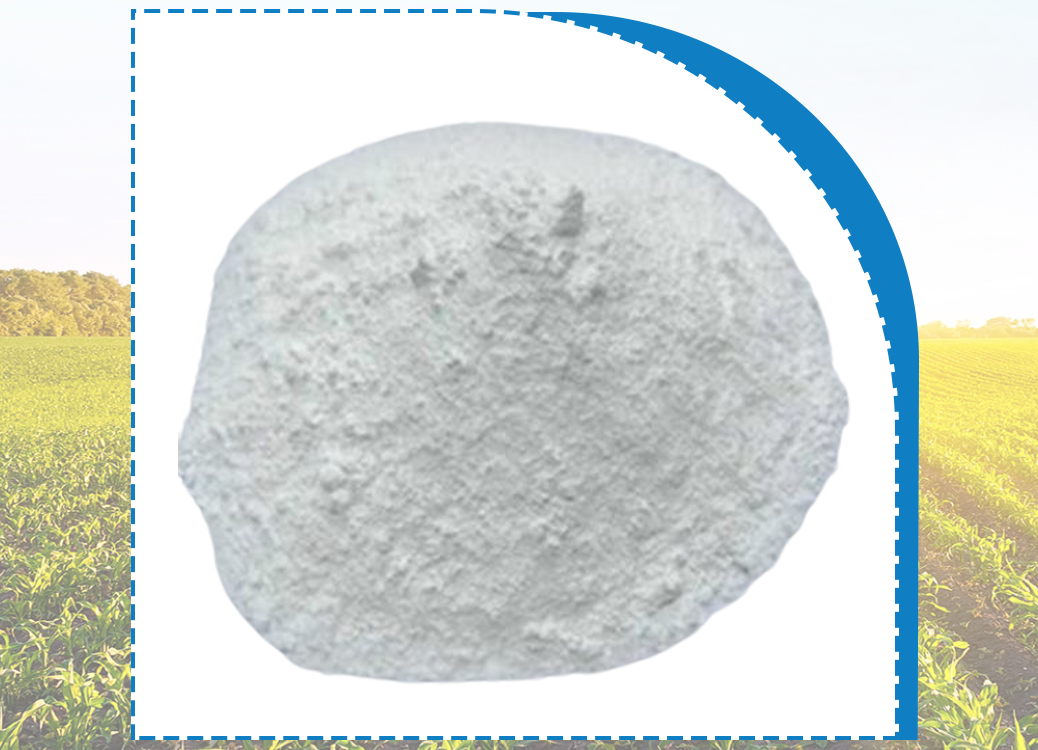
Zinc Sulphate Mono Hydrate
Zinc sulfate monohydrate, a bright white, crystalline compound, plays a crucial role in various fields, from agriculture and fertilizers to medicine and food science. Here's a closer look at this versatile material:
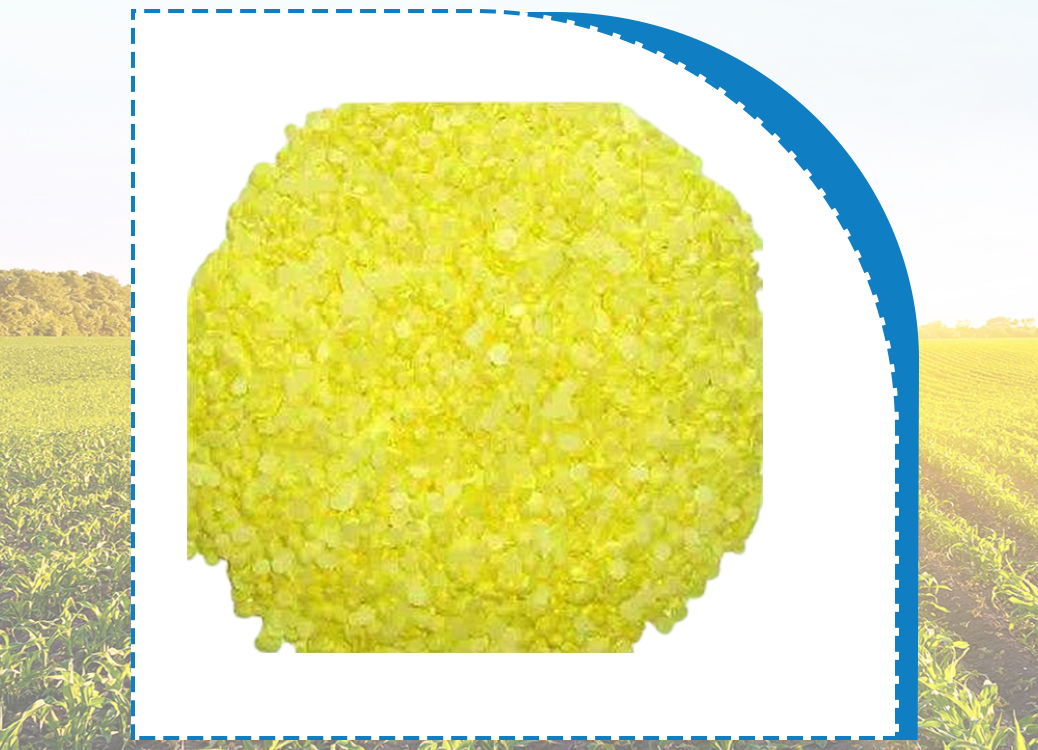
Sulphur Granules
Sulphur granules, also known as elemental sulfur, are small, yellow, free-flowing pellets of the element sulfur. They're typically used in agriculture and various industries due to their unique properties and versatility. Here's a closer look at them:
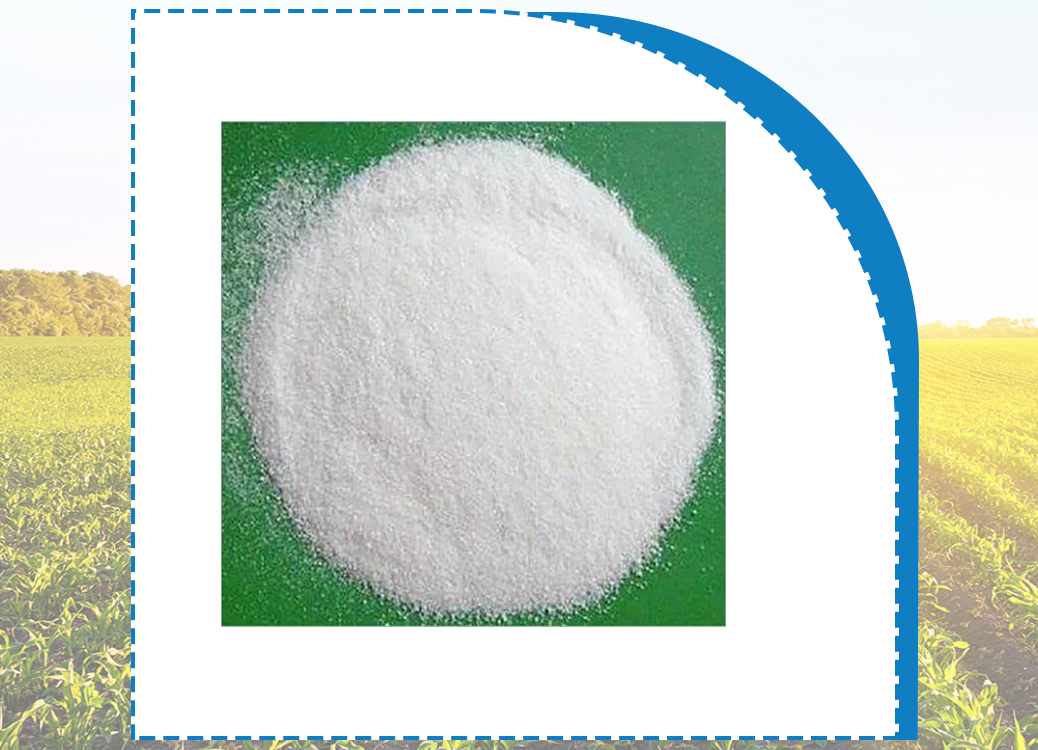
Mancozeb
Mancozeb doesn't target a single specific site in fungal cells. Instead, it disrupts multiple metabolic processes by reacting with sulfhydryl groups in enzymes and amino acids. This disrupts vital functions like respiration, energy production, and cell membrane integrity, leading to fungal death.
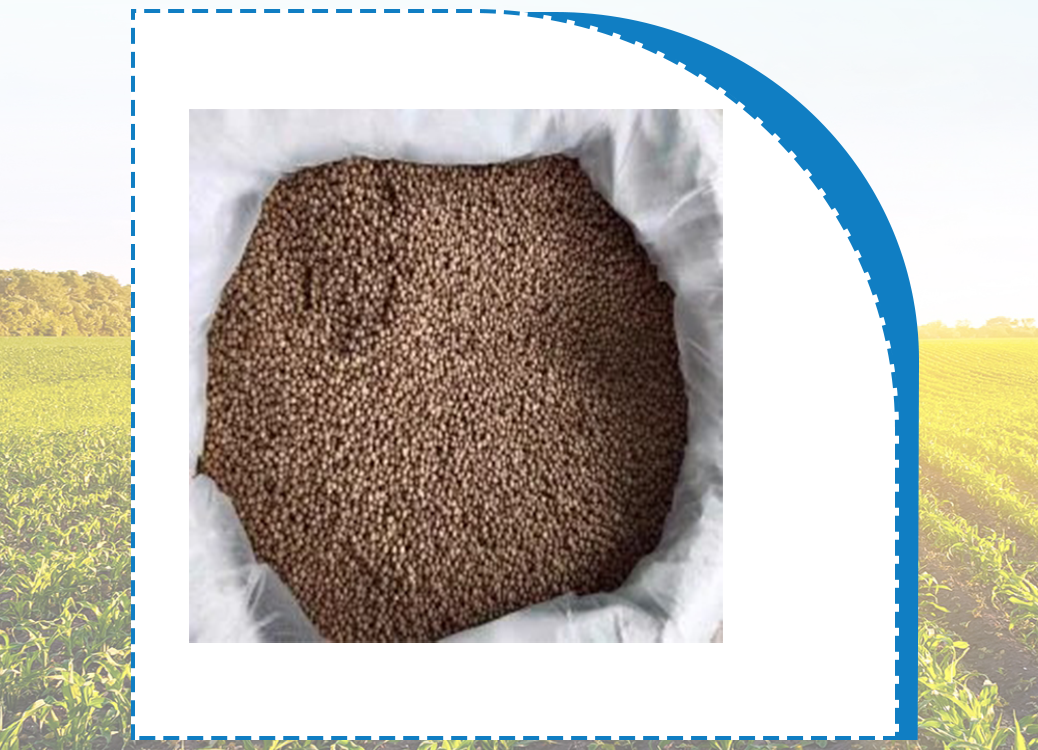
Acephate
Acephate can be absorbed by plants and translocated throughout their tissues, providing systemic protection against insects that feed on them. It also acts as a contact insecticide, killing insects that come into direct contact with it.
Sulphur Dry Grinding with Nitrogen Purging
Sulphur Dry Grinding with Nitrogen Purging Sulphur dry grinding with nitrogen purging is a crucial industrial process for producing fine sulphur powder while minimizing safety hazards and maintaining product quality. Here's a simplified overview in four keypoints:
Safety First: Oxygen exposure makes sulphur prone to fire and explosions. Nitrogen purging replaces oxygen with an inert gas, creating a safe environment for grinding.
Precise Powder: Grinding mills like hammer mills or ball mills pulverize sulphur flakes or pellets into a fine powder. Nitrogen keeps the process efficient, preventing caking and ensuring consistent particle size.
Quality Control: Nitrogen purging shields the powder from moisture, preventing the formation of corrosive sulfuric acid, which degrades sulphur quality.
Environmental Protection: Nitrogen capture systems minimize the release of harmful sulfur dioxide gas (SO2) into the atmosphere, contributing to cleaner air.
This vital process safeguards workers, ensures product quality, and protects the environment, making it an essential step in various industries that utilize sulphur powder.
Wet Grinding System
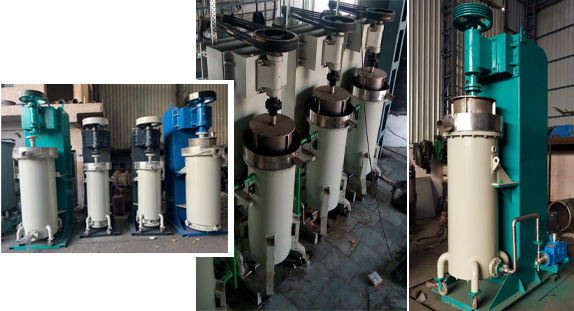
Wet grinding systems are a versatile and powerful tool used in various industries to reduce the size of particles in a liquid suspension. They offer several advantages over dry grinding, making them the preferred choice for many applications. Here's an overview of wet grinding systems:
Feed Material: The material to be ground, ranging from minerals and chemicals to food and pharmaceuticals, is mixed with a liquid, typically water.
Grinding Medium:Grinding media, such as ceramic balls, beads, or discs, are added to the liquid mixture.
Grinding Chamber: The mixture is fed into a grinding chamber equipped with agitators that rotate and collide the grinding media with the particles, breaking them down into smaller sizes
Particle Size Control: The fineness of the ground product is controlled by various factors, including the type of grinding media, agitation speed, and retention time in the chamber.
Wet grinding systems offer a valuable and versatile solution for size reduction in various industries. Their ability to achieve fine particles, control dust, and maintain product quality makes them a preferred choice for numerous applications.
Wet Grinding System
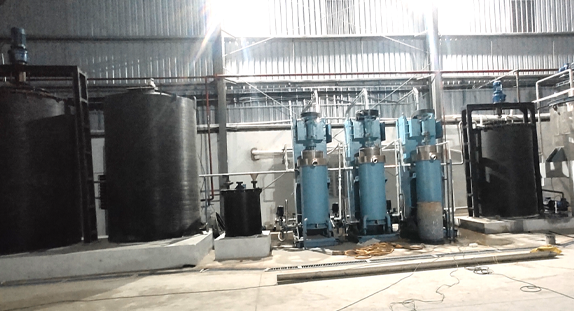
Wet grinding systems are a versatile and powerful tool used in various industries to reduce the size of particles in a liquid suspension. They offer several advantages over dry grinding, making them the preferred choice for many applications. Here's an overview of wet grinding systems:
Feed Material: The material to be ground, ranging from minerals and chemicals to food and pharmaceuticals, is mixed with a liquid, typically water.
Grinding Medium:Grinding media, such as ceramic balls, beads, or discs, are added to the liquid mixture.
Grinding Chamber: The mixture is fed into a grinding chamber equipped with agitators that rotate and collide the grinding media with the particles, breaking them down into smaller sizes
Particle Size Control: The fineness of the ground product is controlled by various factors, including the type of grinding media, agitation speed, and retention time in the chamber.
Wet grinding systems offer a valuable and versatile solution for size reduction in various industries. Their ability to achieve fine particles, control dust, and maintain product quality makes them a preferred choice for numerous applications.
Granulation Plant
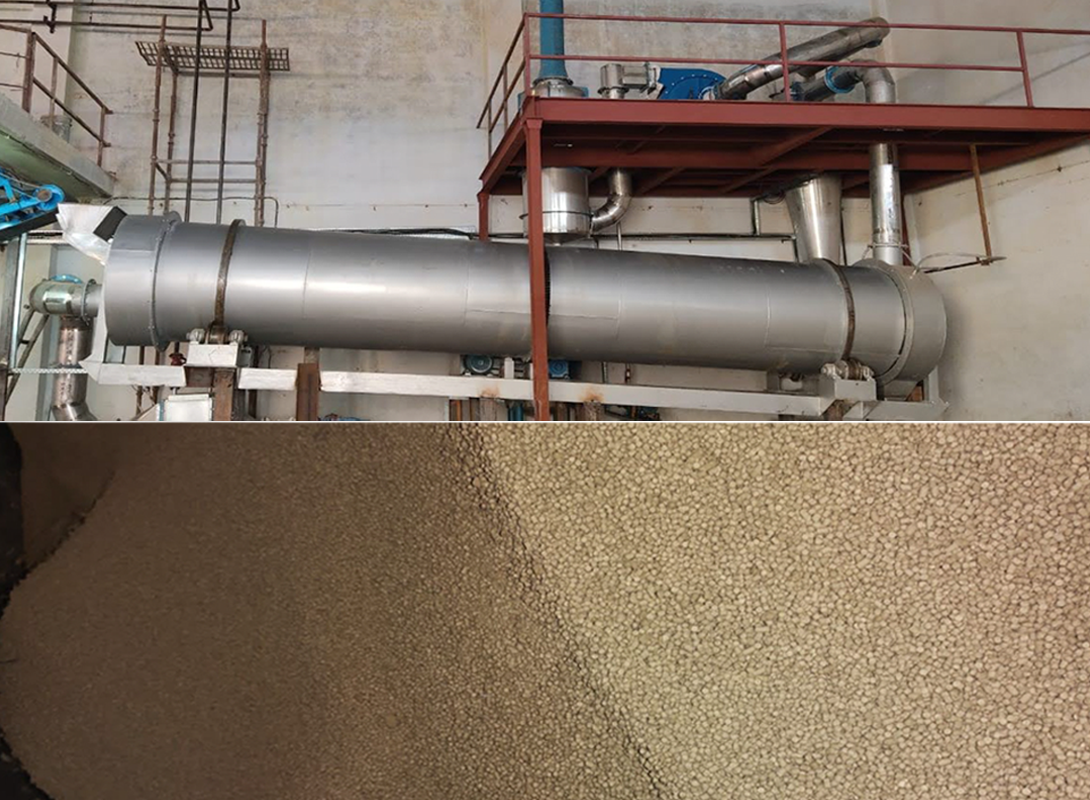
Wet grinding systems are a versatile and powerful tool used in various industries to reduce the size of particles in a liquid suspension. They offer several advantages over dry grinding, making them the preferred choice for many applications. Here's an overview of wet grinding systems:
Feed Material: The material to be ground, ranging from minerals and chemicals to food and pharmaceuticals, is mixed with a liquid, typically water.
Grinding Medium:Grinding media, such as ceramic balls, beads, or discs, are added to the liquid mixture.
Grinding Chamber: The mixture is fed into a grinding chamber equipped with agitators that rotate and collide the grinding media with the particles, breaking them down into smaller sizes
Particle Size Control: The fineness of the ground product is controlled by various factors, including the type of grinding media, agitation speed, and retention time in the chamber.
Wet grinding systems offer a valuable and versatile solution for size reduction in various industries. Their ability to achieve fine particles, control dust, and maintain product quality makes them a preferred choice for numerous applications.
Three Stage Spray Drying System
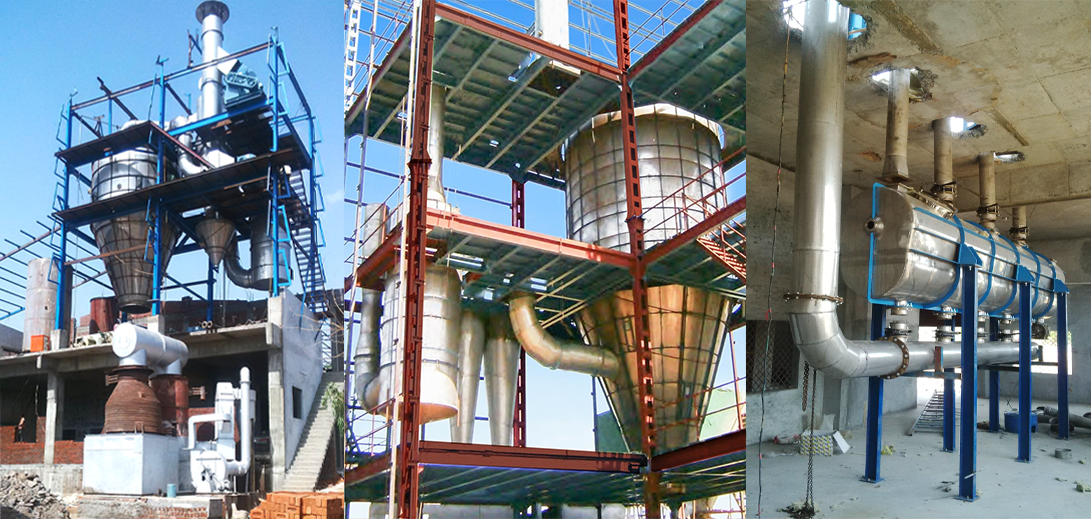
Three-stage spray drying systems are a specialized type of spray drying technology designed for improved product quality and process efficiency, particularly in industries like food and pharmaceuticals. Here's a breakdown of their key features:
Traditional Spray Drying: Involves atomizing a liquid feed into droplets, drying them rapidly in a hot air stream, and collecting the final dried product. While effective, it can lead to issues like moisture inconsistencies, fines generation, and potential product damage from high temperatures.
Stage 1 (Primary Drying)Similar to traditional spray drying, liquid feed is atomized and dried in a hot air stream. However, the outlet temperature is lower, focusing on rapid moisture removal without sacrificing product quality.
Stage 2 (Intermediate Drying): The partially dried powder from Stage 1 enters a static fluidized bed chamber. Here, it's cooled and further dried under controlled conditions, ensuring moisture uniformity and minimizing fines generation.
Stage 3 (Final Drying and Cooling):The pre-dried powder undergoes final drying and cooling in an external vibrating fluidized bed dryer. This stage achieves the desired final moisture content and temperature while maintaining product integrity.
While three-stage systems are more complex and require higher initial investment compared to single-stage systems, their advantages in terms of product quality, efficiency, and yield make them a valuable choice for various drying applications where precision and control are crucial.
Get in touch
Get in touch with AKSH Engineering for all your industrial drying and evaporation needs. Call us today.

